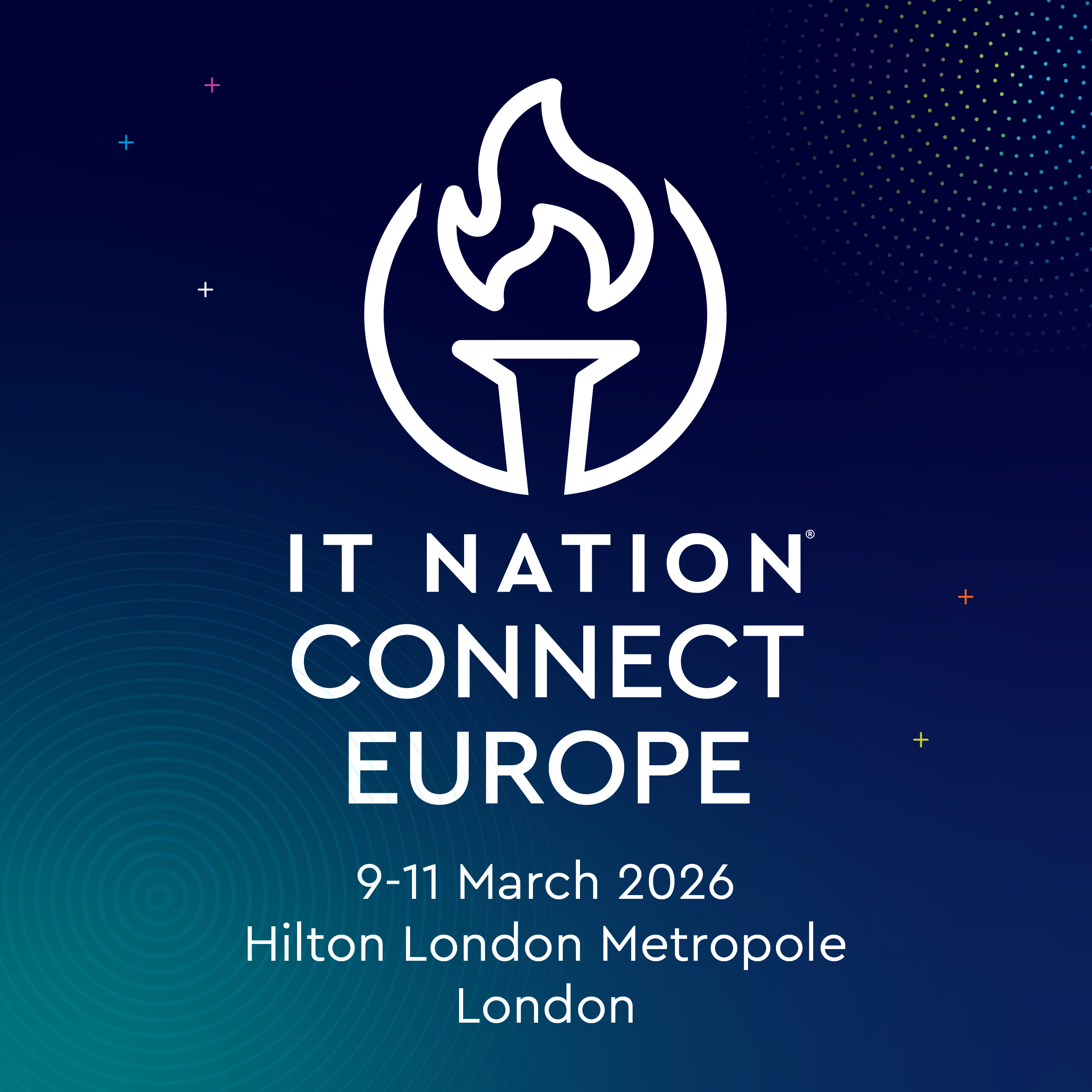Everything a company works with—every piece of hardware, every software program—is an IT asset. So it’s easy to see why IT asset management is important: It involves the organization, optimization, and constant monitoring of everything that allows a company to function.
Making things trickier is the fact that a company’s assets don’t remain the same forever. Organizations must regularly commission new assets and decommission outdated ones. Software changes based on ease of use and innovation potential, and, eventually, you’ll have to replace most legacy hardware—ideally before it becomes obsolete and causes operational bottlenecking.
IT asset management is a big job for any MSP. Below, we’ll go over 10 IT asset management and tracking best practices so you can start off on the right foot.
Key takeaways
- IT asset management (ITAM) helps IT teams improve service delivery and profitability by organizing, monitoring, and optimizing hardware and software assets throughout their lifecycle.
- A structured asset lifecycle plan reduces waste, improves compliance, and helps prevent costly operational bottlenecks caused by outdated technology.
- Active monitoring and automation are essential for maintaining visibility, improving uptime, and streamlining tasks like software updates, license tracking, and performance diagnostics.
- Regular self-audits and data sharing across teams help identify asset discrepancies, ensure compliance, and surface insights.
- Scalable ITAM solutions empower IT teams to centralize asset tracking, enforce best practices, and align asset strategies with business goals across clients and locations.
How does IT asset management improve profitability?
IT asset management (ITAM) involves tracking and managing an organization’s hardware and software assets, such as desktops, laptops, servers, network devices, and applications.
ITAM helps MSPs increase their profitability by:
- Reducing costs: Your team can identify underutilized or unused IT assets and reallocate or dispose of them, reducing unnecessary hardware and software license costs.
- Improving service: Tracking your client IT assets more effectively is a customer service best practice that results in improved satisfaction.
- More efficient resource utilization: ITAM optimizes resource utilization, helping MSPs acquire the right resources to meet their clients’ needs. This, in turn, leads to more efficient service delivery and higher profitability.
Put simply, effective IT asset discovery and management can help clients operate more efficiently and effectively. This is the purpose of ITAM: full-scale optimization and the resultant rise in return on investment (ROI).
IT asset management best practices
Ready to update your IT management protocol? Let’s look at 10 IT asset lifecycle management best practices.
1. Have a structured plan to commission and decommission assets
Acquiring new assets and sunsetting old or obsolete ones can be a fraught process. Therefore, developing a structured plan for commissioning and decommissioning assets is key. Let’s look at some best practices for this:
- Standardize your process for commissioning and decommissioning assets. This should include procedures for asset acquisition, configuration, testing, and deployment, as well as procedures for software license tracking and asset retirement and disposal. Equally important here is using a documentation tool that supports your standard operating procedures.
- Use an asset management software system to track and manage assets throughout their lifecycle. Such software helps organizations monitor asset usage, manage license compliance, and identify underutilized or redundant assets.
- Implement security measures to protect assets throughout the commissioning and decommissioning processes. Such security measures should include procedures for secure asset disposal, data destruction, and the removal of sensitive information.
- Define roles and responsibilities for asset commissioning and decommissioning. Ensure that everyone involved in the process understands their duties and that there is clear communication and collaboration among team members.
Whatever your process looks like, conduct regular asset audits to confirm that the organization is using them effectively and remains in compliance with regulatory requirements.
2. Actively monitor all assets
Actively monitoring all assets is a crucial IT management best practice that can help MSPs optimize and secure IT infrastructure. A comprehensive asset monitoring plan includes the following processes:
- Use automated monitoring tools to track the performance, availability, and security of IT assets. These tools help identify and resolve issues before they affect users and impact business operations. Automated processes also allow you to monitor the health of all assets, which gives organizations visibility into their entire IT environment so they identify potential cybersecurity risks.
- Establish baseline metrics for performance, availability, and security. Refer to these metrics when monitoring and analyzing performance over time. You’ll also want to establish formal incident response procedures. Doing so helps minimize the impact of an incident and reduce downtime.
3. Track the lifecycle of all assets
Monitoring the lifecycle of hardware, software, and other resources is a critical asset tracking best practice, allowing IT teams to agilely adapt as equipment ages or an organization’s needs change. Best practices include:
- Develop a centralized asset inventory to track all IT assets, including hardware, software, and cloud-based resources. This inventory should be updated regularly to reflect changes in the IT environment. Also, record detailed information about each asset, such as its manufacturer, model, serial number, purchase date, warranty information, and location.
- Establish asset policies that define criteria for asset acquisition, deployment, use, and retirement. Align these policies with organizational goals and priorities and regularly review and update them as necessary.
- Implement asset management software to automate the tracking of asset lifecycle information. This helps track asset usage, identify underutilized or redundant assets, and manage license compliance without undue manual labor.
4. Have a plan to prioritize assets
Identifying critical assets is essential to business operations and revenue generation. Prioritize these assets based on their criticality and risk level. Here are some processes you can implement for prioritizing IT assets:
- Establish a risk management framework that identifies potential risks associated with each asset and prioritizes them based on their potential impact on the organization.
- Develop a service level agreement (SLA) that defines the level of service required for each asset. Align the SLA with organizational goals and priorities, and then regularly review and update it as needed.
- Prioritize assets based on usage and importance to end users. Doing so optimizes the allocation of resources, seeing to it that critical assets receive the attention they require.
- Use asset management software to track and manage asset priority levels. This helps automatically monitor asset usage, identify underutilized or redundant assets, and allocate resources effectively.
5. Find a single platform to manage your software licenses
Adopting a single platform to manage software licenses can significantly streamline the IT asset management process. Here are steps to take to identify the ideal platform:
- Perform a software inventory to identify all software applications an organization uses. This way, you can identify redundant or underutilized software licenses and ensure that all software is properly licensed.
- Identify license management requirements such as the number of licenses needed, the types of licenses required, and license renewal dates. A software license management platform can automate this process.
- Research software license management platforms that are compatible with the organization's existing IT infrastructure and that can meet an organization’s license management requirements.
- Choose a software license management platform that provides reporting capabilities to help organizations track software license usage, identify license compliance issues, and optimize license usage.
6. Be proactive with maintenance/upkeep
From setting a routine maintenance schedule to consistently monitoring system performance, being proactive about upkeep is key to successful IT management. Best practices include:
- Develop a maintenance schedule that outlines regular upkeep tasks such as software updates, system backups, and hardware maintenance. Regularly audit and update the schedule to make sure it’s effective.
- Conduct regular system scans to identify potential issues such as malware or system errors. Conduct these scans regularly and proactively to identify and address issues before they become critical.
- Monitor system performance to identify potential issues such as slow response times or network congestion. This is critical in identifying issues and addressing them before they impact productivity.
- Implement automated tools such as patch management software to automate routine maintenance tasks and reduce the risk of human error.
- Conduct regular performance evaluations to identify opportunities to optimize IT assets, such as through hardware or software updates.
7. Implement automation strategically
Implementing automation strategically can save time, reduce costs, and improve efficiency. Automation can also help MSPs streamline routine tasks, reduce the risk of human error, and optimize the performance of IT assets. Here’s a blueprint for capitalizing on automation:
- Identify tasks that can be automated, such as system backups, software updates, and help desk ticket management.
- Evaluate automation tools that are compatible with the organization’s existing IT infrastructure and needs. PSA software helps here by providing insights into asset details and automating notifications around events like upcoming expiries. CPQ software provides support by being configurable to start the sales process for any upcoming renewals. Combined, these help improve operational efficiency.
- Plan for integration with existing IT systems and processes. Implementing a unified IT management platform is one option for centralizing critical software and streamline operations.
- Implement automation in stages, starting with the most critical and time-consuming tasks. This helps MSPs avoid potential issues associated with a complete automation overhaul and can help them gain experience with automation processes.
- Regularly review and update automation processes so they are effective and align with client goals and priorities.
Download our PSA Feature Sheet to learn more about how professional services automation solutions can help you drive efficiency and proper asset usage.
8. Self-audit regularly to make sure assets are properly registered
Self-audits are a must for maintaining compliance and making sure an organization has what it needs to operate at peak performance. Here’s how to establish an effective self-auditing process.
- Develop an audit plan outlining the scope of the audit, the assets to audit, and the audit methodology.
- Conduct the audit to identify discrepancies between registered assets and those actually in use. Audits can include physical asset verification, software license compliance checks, and a full-scale review of IT asset management processes.
- Identify and implement corrective actions an organization needs to take to properly register all assets. These can include updating asset registers, implementing new processes surrounding compliance, and remediating non-compliant assets.
- Regularly review and update IT asset management processes to be sure they are effective and generally aligned with client goals and priorities. This can help clients optimize their IT asset management processes and comply with relevant regulations and licensing agreements.
9. Make full use of any data you collect across teams
Collecting and analyzing data across teams can do wonders for an organization, from optimizing processes to proactively identifying issues before they become problematic. The following are some best practices for making full use of data collected across teams:
- Develop a data collection and management plan outlining what data you will collect, the method of collection, and processes for managing and analyzing the data. This guarantees that the data collected is relevant and useful.
- Analyze and interpret the data collected. Identify trends, patterns, and potential issues. Doing so can identify areas for improvement, ways to optimize IT infrastructure, and how you can enhance the overall quality of IT services.
- Share data across teams to promote collaboration and ensure that all teams are aware of relevant information. This can help ensure that teams are aligned with organizational goals and can improve decision-making processes.
10. Always be prepared to improve your asset management strategy
Compliance standards constantly evolve. An organization’s needs are always changing. Stay nimble and proactive by constantly reassessing and iterating your asset management strategy. Here’s how to keep your IT asset management plan in peak form:
- Regularly review and update asset management processes to be certain that they remain effective as per organizational goals and priorities. This can help your team optimize its IT asset management best practices and see to it that they are meeting clients’ changing needs.
- Collect feedback from users and stakeholders on the effectiveness of IT asset management processes. This helps identify areas for improvement and makes sure IT asset management processes meet the needs of the organization.
- Monitor industry trends and best practices to see to it that the organization uses the latest and most effective strategies and tools.
- Conduct regular audits to ensure all assets are properly registered and the organization complies with relevant regulations and licensing agreements. This will reveal opportunities for improvement.
- Implement new technologies and tools, including asset tracking software, automated inventory tools, and asset performance monitoring tools.
Finding your IT asset management solution
Finding the right IT asset management solution is a critical part of effectively managing your clients’ IT assets. To develop the right ITAM solution, you’ll need to consider the components of your tech stack, its ease of use, and to what extent your infrastructure can support your growth goals.
ConnectWise’s inventory and asset management solutions make it simple to keep track of an accurate inventory, even in multiple locations. Start your free demo of ConnectWise PSA today to take the first step toward growing your revenue.














